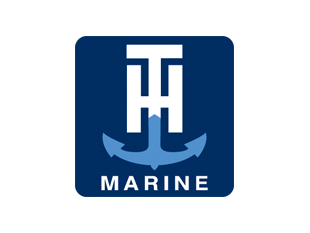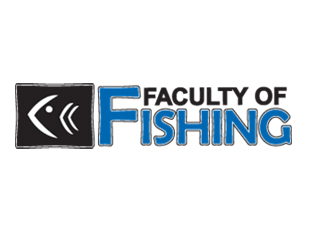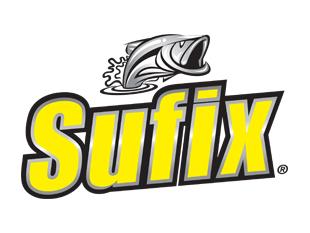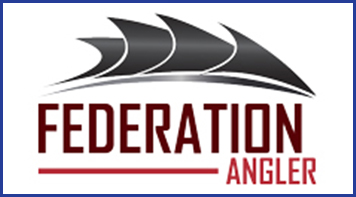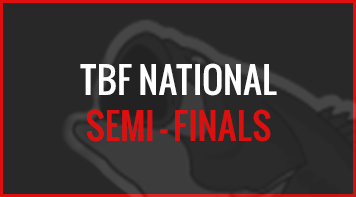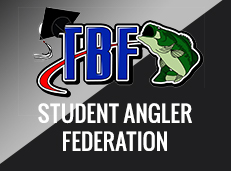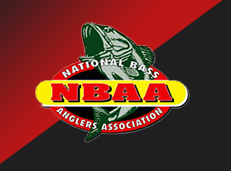 Ponca City, Okla. (Jan. 26, 2010) – The Bass Federation announced today that the Tennessee Valley Authority and Roane County, Tenn., will host the 2010 The Bass Federation National Championship presented by the National Guard. The event will be held April 22-24 on Watts Bar Lake. It’s the culmination of more than two years of qualifiers for most of the 30,000 anglers that are members of TBF in the United States and Canada.
Ponca City, Okla. (Jan. 26, 2010) – The Bass Federation announced today that the Tennessee Valley Authority and Roane County, Tenn., will host the 2010 The Bass Federation National Championship presented by the National Guard. The event will be held April 22-24 on Watts Bar Lake. It’s the culmination of more than two years of qualifiers for most of the 30,000 anglers that are members of TBF in the United States and Canada.
Anglers from seven TBF divisions competed locally in their home states during 2008 to qualify for the 2009 no-entry- fee TBF Divisional Championship Series tournaments. The top two anglers from each state at those events advance, and the Association of Collegiate Anglers National Champions advance to compete in the no-entry-fee 2010 TBF National Championship presented by the National Guard.
“TVA is very excited to help sponsor the TBF national championship,” said Anda Ray, TVA Senior Vice-President of Environment and Technology. “We look forward to working closely with TBF to help produce a first-class event and ensure that the competing anglers enjoy their fishing experience on Watts Bar Lake. We certainly welcome all the TBF membership to our region and, while you’re here, we hope you enjoy the many outdoor and recreational activities offered in beautiful East Tennessee.”
Once again, grassroots fishing’s most prestigious event will be held in conjunction with an FLW Tour stop that is taking place on Knoxville’s Fort Loudon-Tellico lakes the same week. The first two days weigh-ins will be held lakeside at Watts Bar Lake, and the final weigh-in and the Family Fun Zone & Outdoor Expo which offers festivities for both events, will be held downtown at the Knoxville Convention Center on Saturday, April 24.
“We are thrilled to be, once again, holding the TBF National Championship presented by The National Guard in conjunction with an FLW Tour event,” TBF President Robert Cartlidge stated. “The two events feed off each other well. Our partners at FLW Outdoors always go above and beyond in support of TBF, and we’re both bigger and better because of it. Watts Bar Lake and the Kingston, Tenn., area are great family destinations with many things to do and see. The Tennessee Valley Authority has done a lot of hard work to make sure Watts Bar Lake is in great shape. The fishing is as good as it’s ever been there, and it should prove to be a great venue to test the mettle of our anglers.”
TBF National Championship anglers will compete for their share of nearly a quarter of a million dollars in cash and prizes and every TBF Championship angler will receive a check and other prizes. The $100,000 “Living the Dream” prize package and berths in two of the sport’s most coveted events – the BFL All-American presented by Chevy and the Forrest Wood Cup are up for grabs. The top boater and top co-angler from each of the seven TBF divisions from the competition on Watts Bar Lake will advance to the 2010 BFL All-American. The TBF Federation National Champion boater and co-angler also qualify for the 2010 Forrest Wood Cup. In addition to these incredibly lucrative championship berths, the winning boater at the TBF National Championship will receive the Living the Dream Prize package to include: $7,000 prize check, fully paid entry fees on the 2011 FLW Tour, travel expense funds and the use of a “Living the Dream” wrapped Chevy truck and Ranger boat, as well as sponsor merchandise.
An official practice day will be held Wednesday, April 21 followed by three days of competition held April 22-24. The entire field will compete Thursday and Friday with weigh-ins at Ladd Park in Kingston, Tenn. The field will then be cut to the top boater and co-angler from each of the seven TBF divisions for Saturday’s final day. The National Champion boater and co-angler will be crowned Saturday in the Knoxville Convention Center by the heaviest three-day cumulative weight.
Coverage of the TBF National Championship presented by the National Guard will be broadcast in high-definition (HD) on WFN (World Fishing Network).
FLW Outdoors, named after Forrest L. Wood, the legendary founder of Ranger Boats, is the largest fishing tournament organization in the world offering anglers worldwide the opportunity to compete for millions over the course of 189 tournaments in 2010. FLW Outdoors has also taken fishing mainstream with FLW Fantasy Fishing awarding the largest prizes in the history of fantasy sports. FLW Outdoors memberships are available featuring numerous benefits including Player’s Advantage. For more information about FLW Outdoors and its tournaments, visit FLWOutdoors.com or call (270) 252-1000. For more information about FLW Fantasy Fishing, visit FantasyFishing.com.
The Bass Federation Inc., (TBF), is the oldest and largest, organized grassroots angling organization in America. TBF is owned by those it serves and is dedicated to the sport of fishing. TBF affiliated state federations and their member clubs conduct more than 20,000 fishing, youth and conservation events at the local level each year, and have provided the foundation for the entire bass fishing industry for more than 40 years.
For more information about The Bass Federation, visit bassfederation.com, or call 580.765.9031.
















